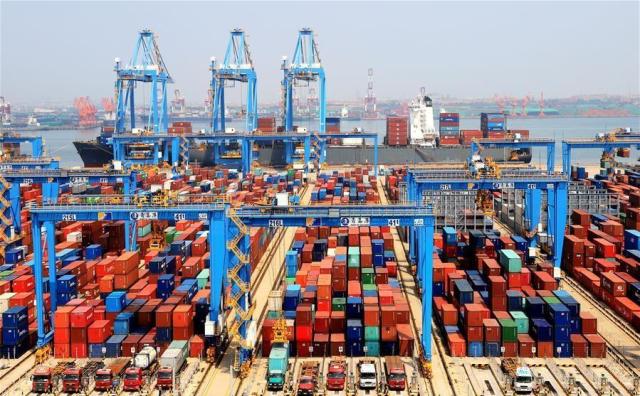"We prioritize the environmental regulation of these new types of solid waste to support the high-quality development of clean energy industries," said Guo Yijun, director of the Department of Solid Wastes and Chemicals at the Ministry of Ecology and Environment, during a press conference on Tuesday.
The new solid wastes primarily consist of batteries from older electric vehicles, solar panels from renewable energy installations, and wind turbine blades. As these materials reach the end of their life cycles, the volume of waste is expected to rise, according to Guo.
The swift expansion of China's new and renewable energy has brought waste management issues into sharper focus, garnering widespread attention.
Guo stated that the ministry will enhance oversight of the dismantling and disposal processes for power batteries, solar panels, and wind turbine blades, updating pollution control standards to incorporate the latest technological developments.
Ma Jun, director of the Beijing-based Institute of Public and Environmental Affairs, warned that the rapid growth of renewable energy sectors, driven by the country's "dual carbon goals," will lead to a significant amount of decommissioned equipment in the future.
"As installations increase, China will confront large-scale waste management challenges," Ma cautioned.
According to data from the National Energy Administration, as of June 2024, China's total installed renewable energy capacity reached 1.65 billion kilowatts, representing 53.8 percent of the country's total power generation capacity, with a year-on-year increase of 25 percent. Wind and solar power combined accounted for 1.18 billion kilowatts, surpassing coal-fired power's 1.17 billion kilowatts.
Ma also pointed out the difficulties in recycling photovoltaic panels installed in remote western and rural regions of China. Recycling wind turbine blades is particularly challenging due to the durable materials, often glass fiber, used in their construction.
He stressed that the responsibility for waste disposal, especially in remote areas, remains ambiguous, along with the distribution of related costs.
A 2023 CCTV report highlighted that small workshops in Central China's Henan Province were burning discarded solar panels to recover valuable materials like silicon and silver, leading to environmental pollution, with a very low recycling rate.
Guo emphasized that while pollution control technologies are advancing, local governments must prevent any lapses in oversight. Additionally, provinces such as Jiangsu, Hebei, and Qinghai are piloting local standards for managing pollution from discarded photovoltaic panels and wind turbine blades.
He said that those responsible for environmental pollution from illegal dismantling will face strict penalties.
Copyright ⓒ Aju Press All rights reserved.




